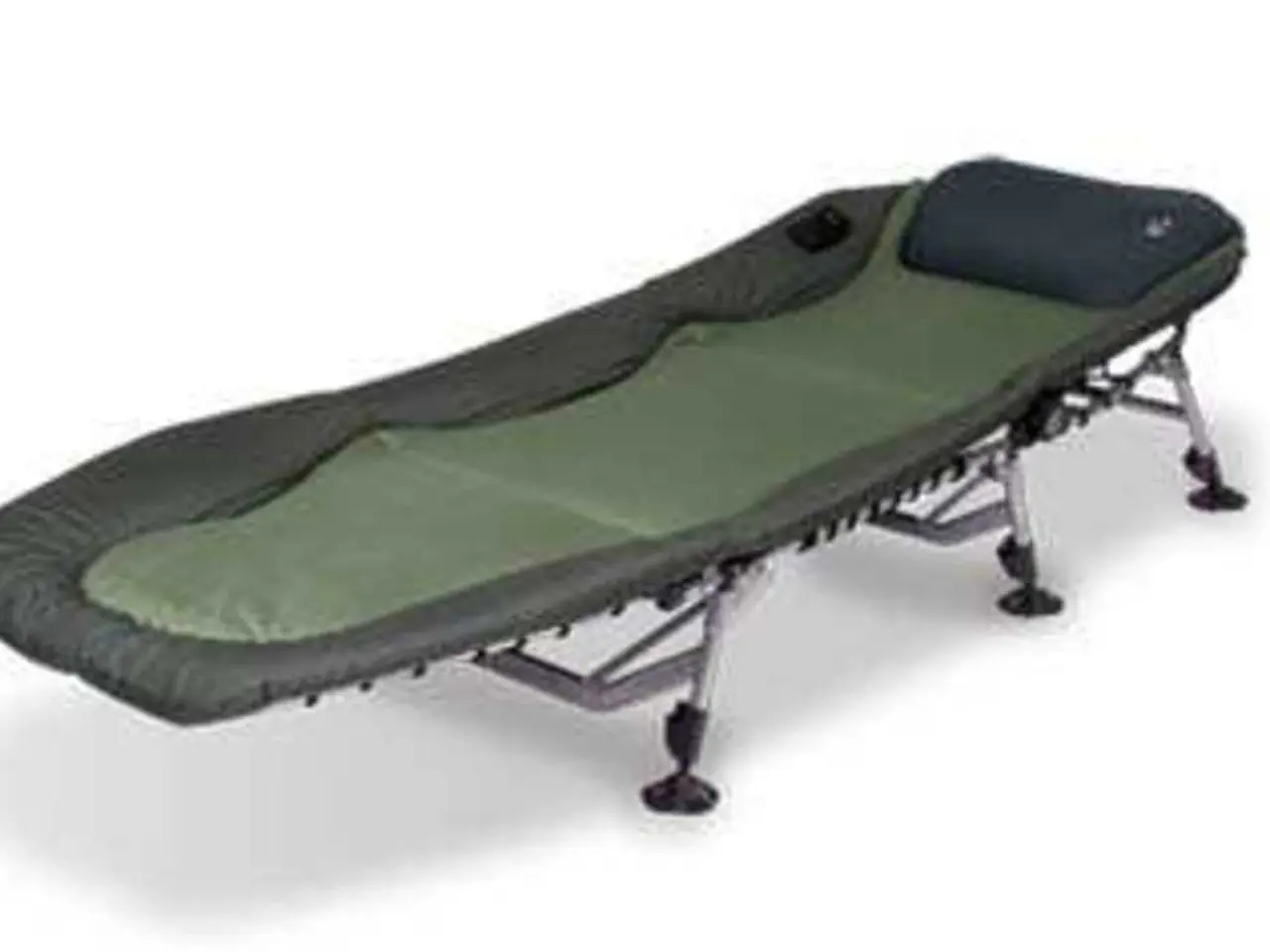Deep-level Muscular Treatment: Advantages, Drawbacks, and Preparation Guidelines
Deep tissue massage is a therapeutic technique that offers several benefits for treating sports injuries, chronic pain, and stress. This massage targets deeper layers of muscle and connective tissue, providing relief from ongoing pain and stiffness associated with scar tissue and chronic muscle tension.
Benefits of Deep Tissue Massage
Deep tissue massage is particularly effective for sports injuries, helping to break down adhesions, reduce scar tissue, improve lymphatic circulation, and increase flexibility and range of motion. This makes it beneficial for injuries such as muscle strains, IT band syndrome, rotator cuff injuries, and hamstring tightness.
In addition to its physical benefits, deep tissue massage also provides stress relief. It lowers stress hormones like cortisol and increases endorphins, promoting relaxation and reducing anxiety and depression symptoms, which can be secondary to chronic pain.
Deep tissue massage is also a targeted therapy, using sustained, firm pressure focused on specific problem areas. This makes it a preferred choice for injury rehabilitation and joint mobilization.
Potential Risks and Side Effects
While deep tissue massage offers numerous benefits, it also carries potential risks and side effects compared to other massage techniques. Due to its firm and intense pressure, patients may experience soreness or bruising after sessions. The intensity of the massage can also cause temporary fatigue or lightheadedness. Some may experience nausea, headache, or increased pain, and if pressure is too intense, pain or discomfort might worsen.
Individuals with certain medical conditions or on specific medications should consult healthcare providers before receiving deep tissue massage.
Comparison to Other Massage Techniques
Deep tissue massage shares similarities with trigger point therapy, another technique that targets muscle pain and tension with direct pressure. However, trigger point therapy emphasizes treating specific “trigger points” for muscle release and improving athletic performance.
Relaxation or Swedish massage, on the other hand, is typically lighter and focused on full-body flow and stress reduction. It is less likely to cause soreness or bruising but may be less effective for deep muscle or injury-related issues.
Some claims that deep tissue massage directly breaks up fascia or adhesions remain debated and lack strong scientific consensus, although the physical and psychological benefits are recognized.
Finding a Suitable Massage Therapist
To find a suitable massage therapist, people can ask a healthcare provider for a recommendation or referral, search recognized databases, research a massage therapist's experience, training, and qualifications, check that a massage therapist is willing to work alongside other healthcare professionals, and ensure good communication between themselves, their massage therapist, and their healthcare team.
In summary, deep tissue massage is particularly beneficial for treating sports injuries and chronic pain through deep muscle work and scar tissue management, with added stress relief. However, it carries a higher risk of soreness and discomfort compared to gentler massages and is not appropriate for everyone without medical consultation. Other specialized techniques like trigger point therapy share similar benefits and risks but have distinct focuses. Choosing the best technique depends on the injury, pain condition, and individual tolerance.
People may need repeat treatments to see improvements in areas of deep muscle tension or injury. Other techniques, such as physical therapy and exercise, may be required alongside massage therapy. Reflexology targets pressure points to release areas of pain or tension, and massage may help improve respiratory function in individuals with chronic lung disease. Research suggests deep tissue massage may aid recovery after an injury, such as an ankle injury, by relieving pain and stiffness, improving circulation, speeding up healing, and restoring range of motion. Health insurance may cover the type of massage treatment, but restrictions may apply.
[1] Fields HL, et al. (2000). Integrative Review of Pain Management: The Use of Massage Therapy for Pain Management in Patients with Chronic Pain. Journal of Pain and Symptom Management, 20(2), 89-103.
[2] Keller SB, et al. (2016). Risks and benefits of therapeutic massage for adults: a systematic review. Journal of Bodywork and Movement Therapies, 20(4), 542-553.
[3] Kuchera VK, et al. (2005). Massage therapy for the management of pain: a review of the literature. Physical Therapy, 85(8), 1005-1013.
[4] Tilley N, et al. (2015). Massage therapy for low back pain: a systematic review within the framework of the Cochrane Collaboration. Cochrane Database of Systematic Reviews, 1(1), CD001946.
[5] Tsao KK, et al. (2017). The effects of massage therapy on pain and disability in patients with fibromyalgia: a systematic review and meta-analysis. Journal of Pain Research, 10, 1419-1435.
- Deep tissue massage is effective for various health conditions beyond sports injuries and chronic pain, such as multiple forms of arthritis, diabetes, and mental health issues like depression and anxiety.
- In the context of health-and-wellness, deep tissue massage can help manage hepatitis symptoms, along with fitness-and-exercise and nutritional adjustments.
- For individuals living with HIV or Alzheimer's disease, deep tissue massage may help alleviate some discomfort and manage related symptoms.
- Rheumatoid arthritis and sclerosis patients often find relief from symptoms after receiving deep tissue massage therapies.
- In addition to sports injuries, deep tissue massage is useful for treating conditions like asthma by improving respiratory function.
- Science continues to uncover potential predictive benefits of deep tissue massage for various health conditions, such as reducing the risk of obesity and promoting heart health.
- During massage sessions, patients might experience a range of effects beyond soreness, including increased flexibility, improved circulation, and reduced inflammation.
- Therapies-and-treatments like physical therapy, reflexology, and yoga may complement deep tissue massage for optimal health benefits.
- For the best results, continuing deep tissue massage treatments over multiple sessions is often recommended to address deep muscle tension and chronic pain conditions.
- Some health insurance providers may cover the cost of deep tissue massage as part of their coverage for therapies-and-treatments, although restrictions may apply.
- When choosing a massage therapist, it's essential to consider their credentials in various areas of health-and-wellness, such as fitness-and-exercise, nutrition, and mental health, to ensure the most effective and holistic treatment plan.




